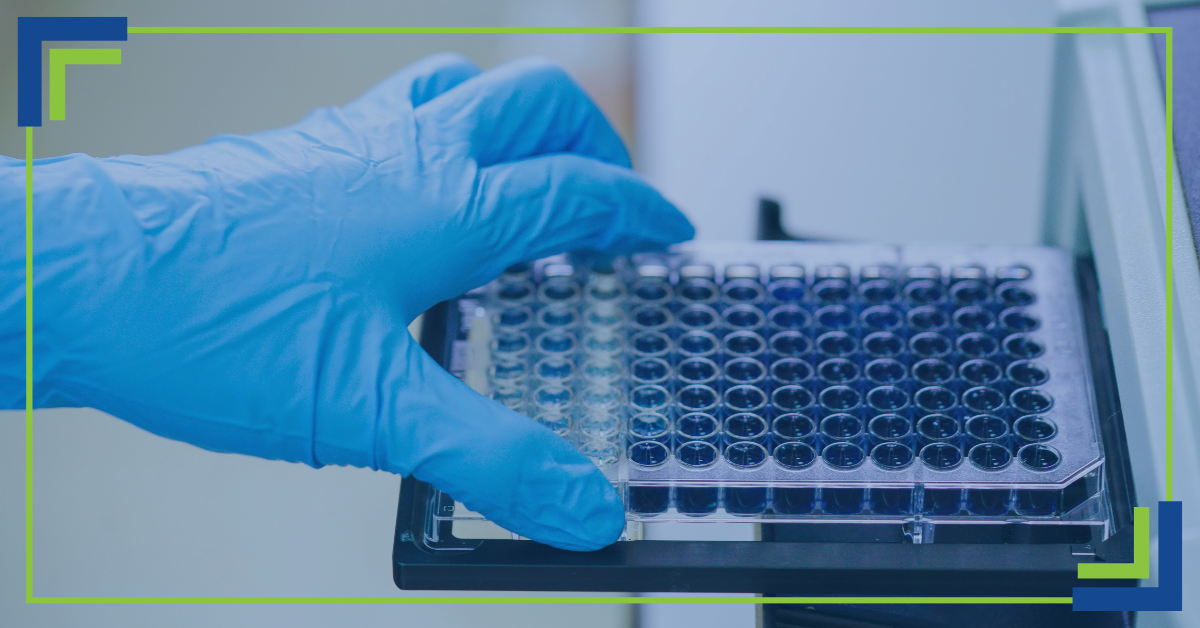
Efficiency is key in the world of science. There’s a lot to get done, and we can’t expect a vast array of scientific breakthroughs to happen without the help of various technologies. One such technology is none other than the microplate reader. Designed with precision in mind, it can measure chemical, biological, and physical reactions within microplates. This makes it an invaluable tool in life sciences, environmental research, and pharmaceutical development.
Whether you’re performing research on drug compounds or monitoring cell growth, it’s important to understand this technology so you can get the most out of it. In this blog, we’ll go over it all!
What is a Microplate Reader?
Also known as a plate reader, this lab device can detect—and quantify—events within microplate wells. These wells can number anywhere from 6 to 1,536, so efficiency and speed are needed here. There are various tests that can be performed by these plate readers, such as:
- Enzyme-linked immunosorbent assays (ELISA)
- Protein and nucleic acid quantification
- Cell viability and proliferation assays
- Kinetic studies
With the aid of these readers, throughput and consistency benefit greatly in data collection procedures.
Product recommendation: Tecan Plate Reader
Key Components
There are several core components of a plate reader that determine its function and versatility:
- Optical System: This detection system varies based on the type of assay being observed—absorbance, fluorescence, or luminescence.
- Microplate Format: Compatibility is possible with a variety of formats, including 6-well, 24-well, 96-well, 384-well, and 1536-well. This allows for the scaling of assays depending on throughput requirements and sample volume.
- Detection Technologies: Many advanced plate readers have multiple modes of detection, kinetic capabilities, and temperature control. Some even have built-in shaking mechanisms. These features provide several options for complex experimental protocols.
Different Types
There are two main categories of microplate reader—single-mode and multi-mode.
Single-Mode Readers
These only allow for one kind of detection (an absorbance microplate reader, for example).They’re suitable for labs that have specific, repetitive assay needs, and they are generally much more affordable than multi-mode readers.
Multi-Mode Readers
Multi-mode readers (such as the Molecular Devices iD3 Micro Plate Reader SpectraMax) offer multiple modes of detection in a single device. They’re a great option for laboratories that have a diverse array of assays or require flexibility for changing research needs.
Common Types of Plate Readers
- Absorbance Microplate Reader: Used for colorimetric assays such as ELISA
- Fluorescence Reader: For DNA/RNA quantification as well as cell-based assays
- Luminescence Reader: Used in ATP quantification and reporter gene assays
- Multi-Mode: Versatile systems that can be used for various detection methods
Common Applications in Laboratories
Several scientific fields benefit from these plate readers. Some of the more common applications are:
- Life Sciences Research
-
-
- ELISA for detecting antigens and antibodies
- Quantification of proteins and nucleic acids
-
- Drug Discovery
-
-
- High-throughput screening
- Biochemical and cell-based assay response monitoring
-
- Cell-Based Assays
-
-
- Measuring cell proliferation, signaling pathways, or cytotoxicity
-
- Environmental Monitoring
-
- Detecting toxins in water, air, and soil samples
Benefits of Using a Microplate Reader
There are plenty of positives to using a microplate reader. For one, they offer high-throughput analysis thanks to their ability to run hundreds of samples at once. Not only is this an impressive quantity, but precision and accuracy are not sacrificed as a result.
Manual errors are reduced and workflows are streamlined with minimal operation intervention. This frees up valuable time that can be devoted to focusing on human-reliant tasks, making plate readers an essential fixture in an analytical laboratory environment.
Factors to Consider When Choosing a Reader
There are a few key factors you should keep top-of-mind when you’re comparing different plate readers.
- Application Needs: What types of assays—ELISA, fluorescence-based—do you need to run?
- Plate Formats: What are your throughput requirements? Larger plates allow for the reading of higher sample volumes.
- Budget and Scalability: Single-mode readers are perfect for labs focused on one type of assay need, while a multi-need laboratory may need to spend more money to acquire a multi-mode device.
- Software Compatibility: Make sure you choose a reader that’s compatible with your related equipment.
Conclusion
At BaneBio, we offer a vast array of readers—such as the Tecan plate reader. Whether you’re looking for single- or multi-mode readers, you’re bound to find what you’re looking for here. For further questions or to make a purchase for your laboratory, get in touch with us today!
